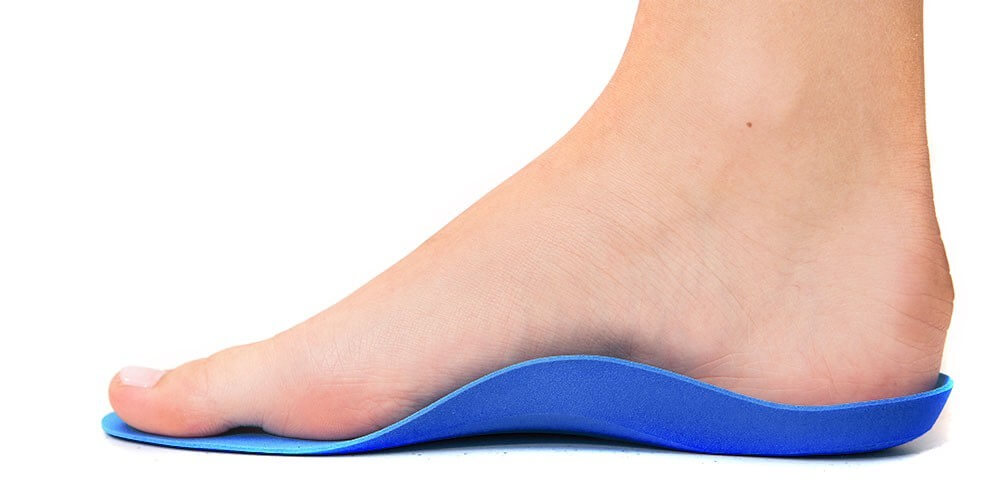

Walk Without Pain at Physio Tullamore:
Extracorporeal Shock Wave Therapy. A new and effective treatment for Plantar Fasciitis
Plantar Fasciitis or heel pain is a common presentation to our clinic. Extracorporeal shock wave therapy or ESWT is a recently developed therapy that has been in the news for its ability to cure painful plantar fasciitis / heel spurs / heel pain. Due to the growing evidence supporting this treatment Physio Tullamore is now offering this latest cutting edge treatment.
This cutting edge treatment delivers targeted shock waves to the painful area using a handheld ‘gun’ that causes a rehealing response at the damaged tissue. The shock isn’t an electric shock, it is a physical blow. Shock wave therapy is thought to work by causing micro trauma (or tiny spots of damage) to the thick gristle-like tissue that makes up the plantar fascia band.
The therapy has been proven to be successful against debilitating heal pain and aches associated with Plantar Fasciitis. The common ailment is said to affect one in every 10 people, also, it takes a long time to heal and can worsen over time. ESWT’s capacity to deliver shock waves at different frequencies allows our specialist clinician to use the therapy to cure the problem at various stages.
As the tissue regenerates Physio Tullamore tailor a specific rehab programme to your needs whether you’re a weekly walker or playing elite sport. The treatment is usually conducted over 3-6 sessions at weekly intervals. The cost of the sessions is 70 Euro.
Below is some recent evidence showing the effects of Shockwave Therapy for Plantar Fasciitis
Research Paper 1:
Title: Effeciency of extracorporeal shock wave therapy in patients with plantar fasciitis and the relationship with subcalcaneal spur length
Author/Creator: Serpil Tuna
Subjects: Heel Pain ; Plantar Fasciitis ; Subcalcaneal Spur Length ; Eswt
Is Part Of: Dicle Medical Journal, 01 June 2014, Vol.41(2), pp.337-340 [Peer Reviewed Journal]
Description: Objective: ESWT is widely used in the treatment of plantar fascitis. In this study, we aimed to investigate the effect of ESWT on heel pain and symptoms in the short and medium term. We also compared the subcalcaneal spur length and the heel pain severity and examined the effect of the subcalcaneal spur length on the efficiency of ESWT therapy.
Methods: The efficiency of ESWT applied to 59 heel of 48 patients compared retrospectively . We used Visual Analog Scale (VAS) and Wolgin scale to evaluate the treatment outcomes. We measure the subcalcaneal spurs length of the patients with foot x-ray . Correlation between the VAS scores and the length of subcalcaneal spur were also evaluated.
Results: Improvement in VAS in the first week and 3 months after ESWT treatment was statistically significant. There was no correlation between subcalcaneal spur length and the severity of pain. The number of patients in the” medium, bad” group decreased while the number of patients in the ” good” group incresed according to WDS after ESWT treatment.
Conclusion: As a result of this study we concluded that ESWT is effective in the treatment of plantar fasciitis in the short and medium term.
Research Paper 2:
Title: Correlation between the outcome of extracorporeal shockwave therapy and pretreatment MRI findings for chronic plantar fasciitis
Author:
Masahiro Maki, Kazuya Ikoma, Kan Imai, Masamitsu Kido, Yusuke Hara, Yuji Arai, show allPages 427-430 | Received 13 May 2014, Accepted 14 Oct 2014, Published online: 17 Nov 2014
Background. The purpose of this study was to investigate the relationship between magnetic resonance imaging (MRI) findings before extracorporeal shockwave therapy (ESWT) and the treatment outcome of ESWT.
Methods. This study examined 50 feet with chronic plantar fasciitis. The scores before ESWT and after a six-month follow-up were investigated using the Japanese Society for Surgery of the Foot (JSSF) Ankle-Hindfoot Scale and the Visual Analog Scale (VAS). MRI before ESWT was used for image evaluation. MRI revealed thickening of the plantar fascia (PF), and an investigation was conducted regarding the findings of a high-signal-intensity area (HSIA) inside the PF, edema near the PF, and bone marrow edema (BME) of the calcaneus.
Results. The average JSSF score and VAS score improved significantly at follow-up. In total, 44 feet were noted in the improved group. MRI revealed that the average amounts of PF thickening did not significantly differ between the improved group and the non-improved group. HSIA, edema near the PF, and BME were observed in 36, 41, and 11 feet in the improved group, respectively; and 2, 4, and 2 feet in the non-improved group, respectively.
Conclusions. An HSIA in the PF predicted symptom improvement more easily than other MRI findings.
Level of Evidence: IV


